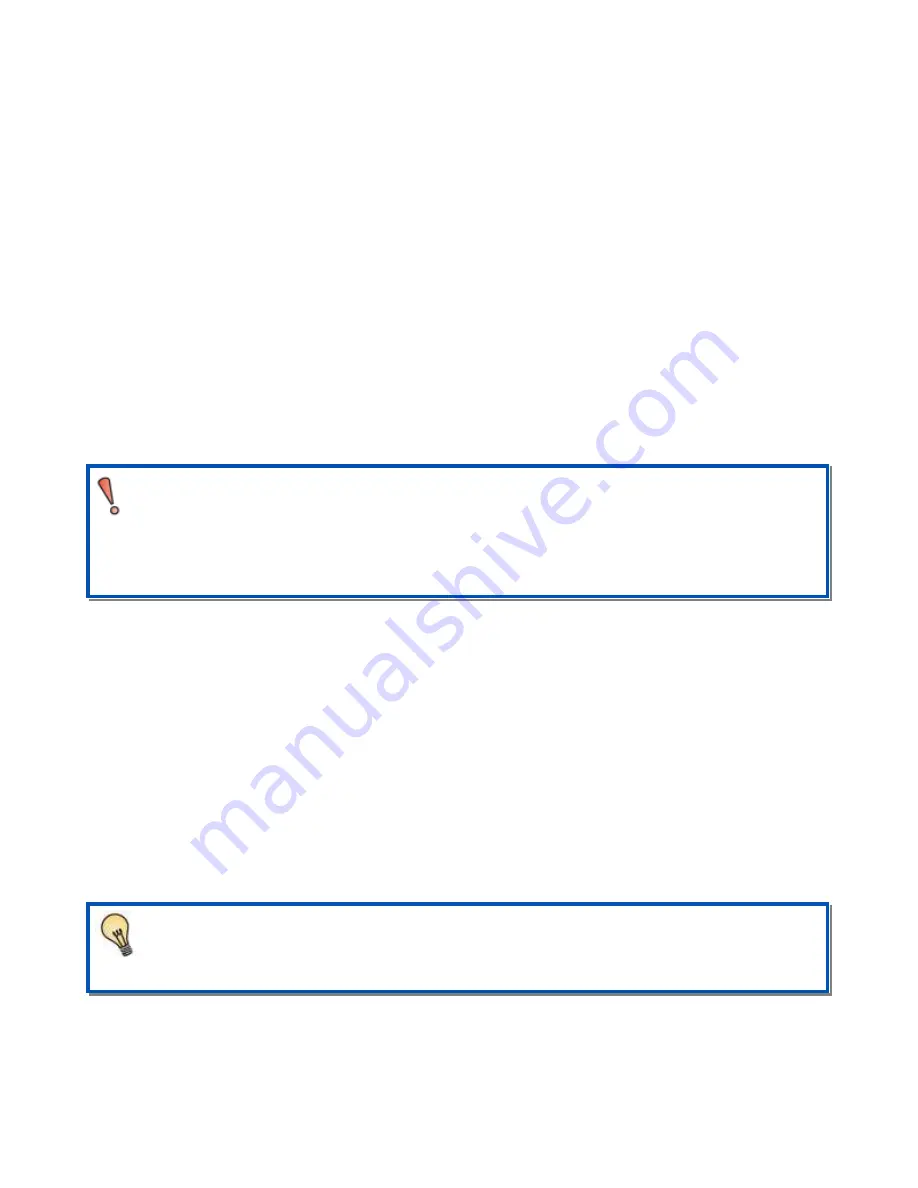
2
Operation
2.1
USB Interface
The X16-1D connects to a PC using a standard Type-A USB connector and supports the USB mass
storage device interface for file access and file transfers. Nearly all computer operating systems
recognize the X16-1D as a typical USB external memory drive. When connected to a PC, the X16-1D
deactivates logging and operates only as a USB interface to the microSD card. Note that some tablet
operating systems block access to USB mass storage devices and will not recognize the X16-1D.
2.2
Memory Card
The X16-1D stores data to a removable 8GB microSD flash memory card and is compatible with
microSD and microSDHC type cards. The logger needs only the config.txt file to operate. The X16-
1D will use default configuration settings if the config.txt is not present. The “config.txt” and
“time.txt” files must occur in the root directory (see section 2.6 and section 2.4). The X16-1D will
create a folder called “GCDC”, if not already present, to place the data files.
2.3
Battery
The X16-1D is powered by a single “AA” sized battery. Gulf Coast Data Concepts recommends an
alkaline battery (ANSI type 15A or IEC type LR6) or lithium battery (ANSI type 15L or IEC FR6) to
operate the X16-1D. The battery is not used when the device is connected to a computer USB port.
The X16-1D will log constantly for approximately 48 hours at 50 Hz and approximately 28 hours at
100 Hz when using a standard alkaline AA battery. Figure 11 illustrates the expected continuous
logging time versus sample rate.
The RTC continues to operate from the battery when the device is “off”. The RTC should be
reinitialized if the battery is removed or completely depleted (see Section 2.4).
Gulf Coast Data Concepts
Page 8
X16-1D, Rev B
Interrupting the power to the logger can result in corruption of the microSD card. For
example, removing the logger from the USB port during file transfers to the PC or
removing the battery during logging activity. Reformat the card if it becomes corrupted
(FAT32 file structure). If data transfers to/from the card become slow, consider formatting
the card using “SD Card Formatter” software provided by the SD Association
(www.sdcard.org).
Use a lithium primary AA battery to improve low temperature performance and extend
operating time. The lithium chemistry has a wider operating temperature -40°F – 140°F
(-40°C – 60°C) and about 30% more capacity over a standard alkaline battery.












































